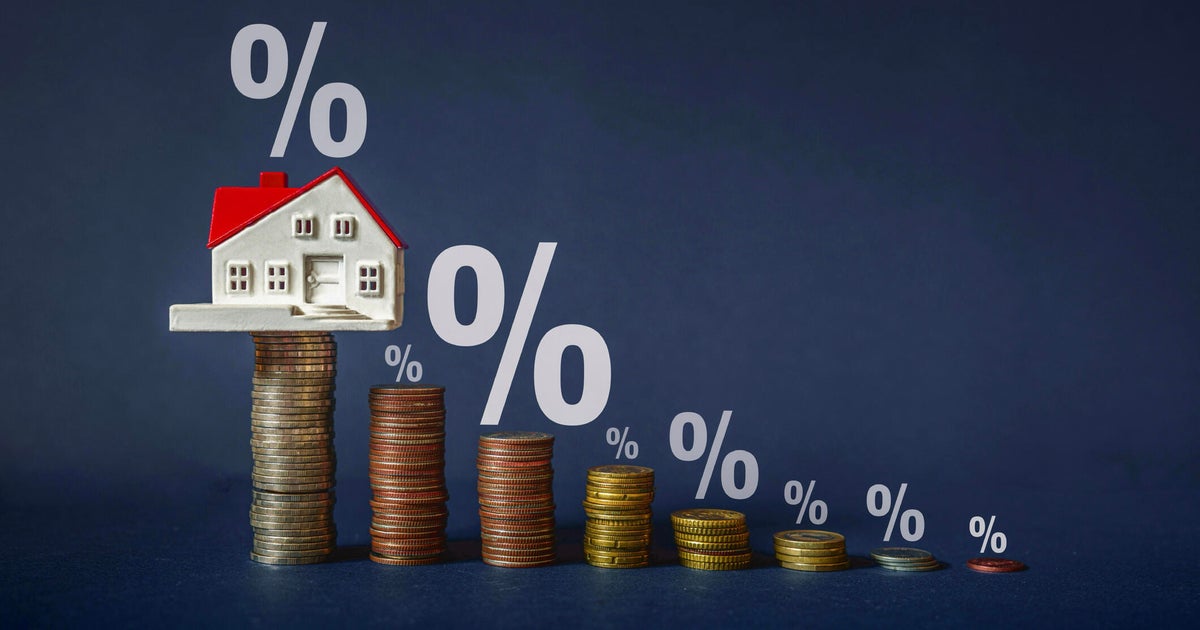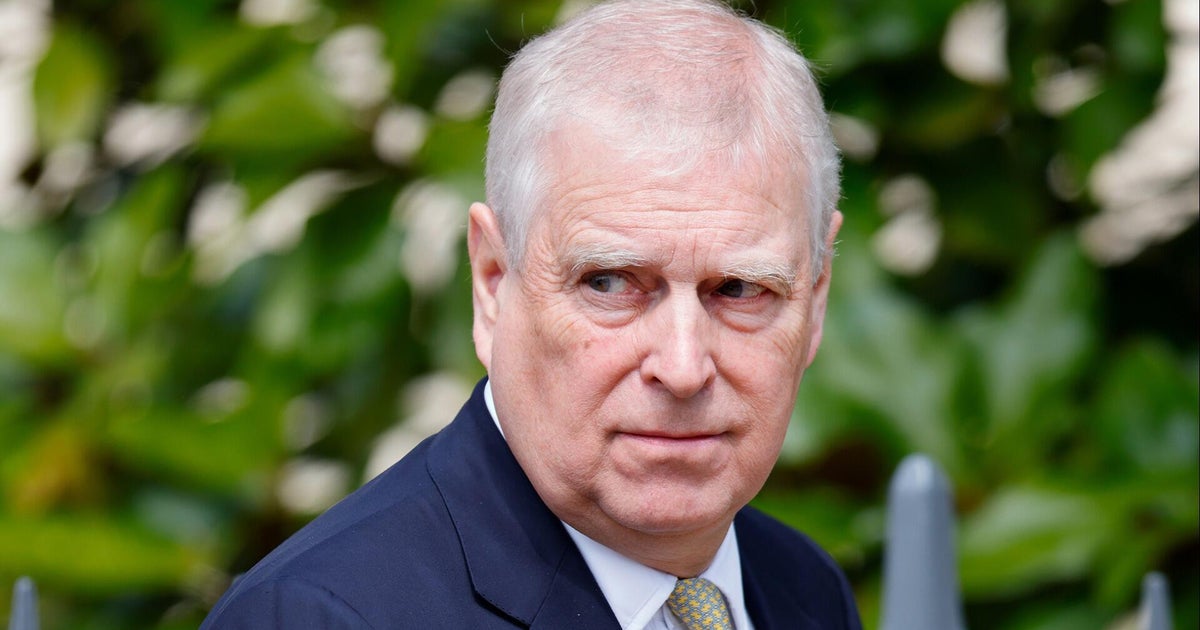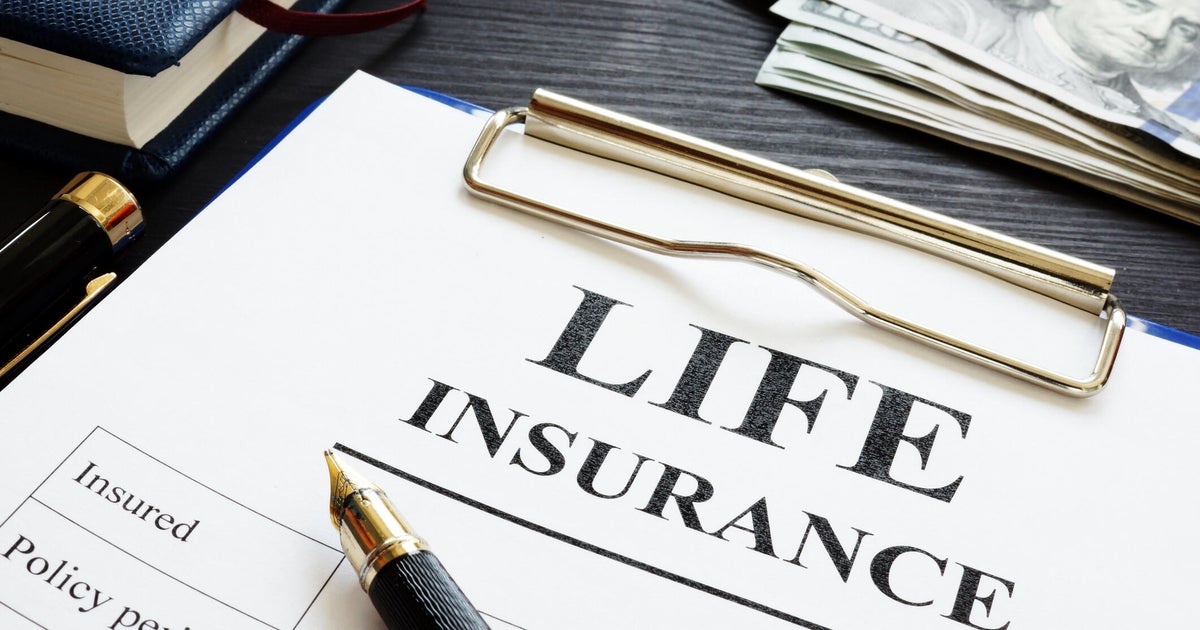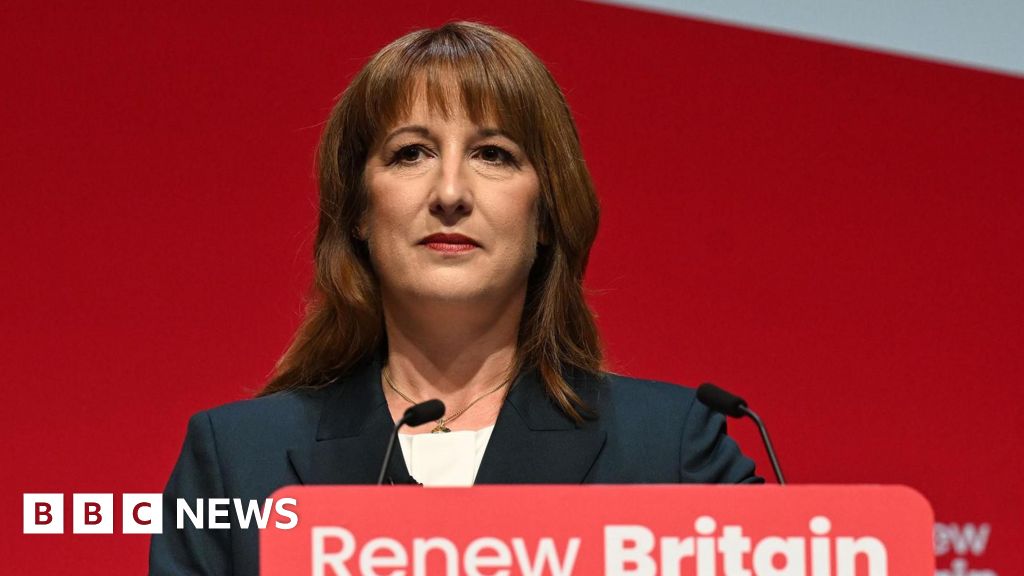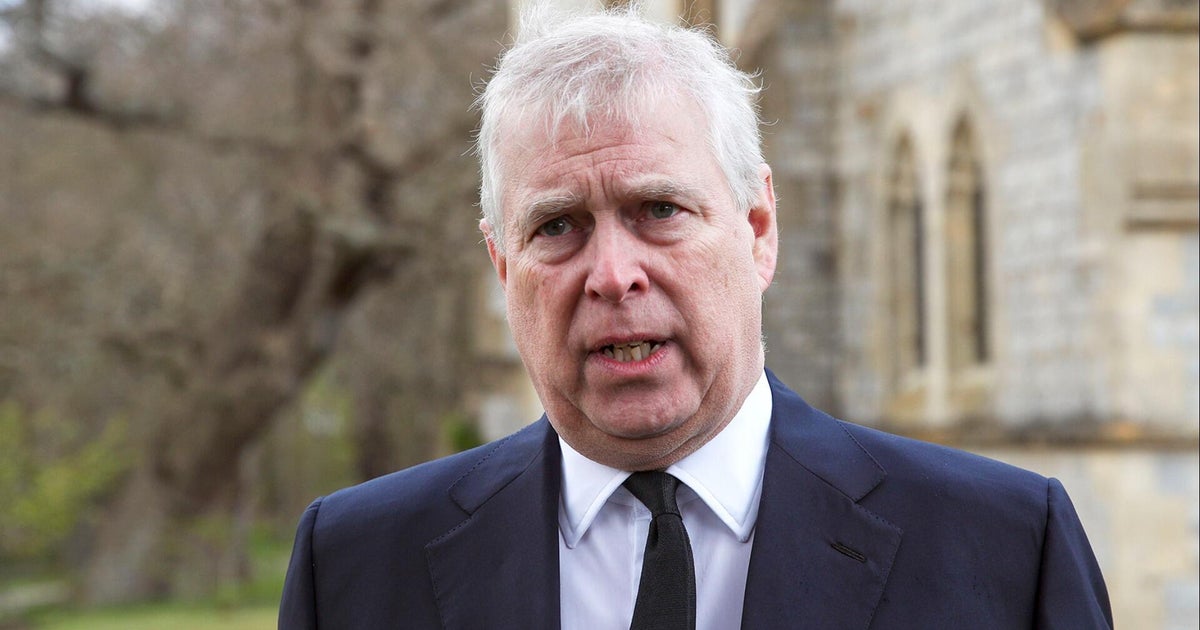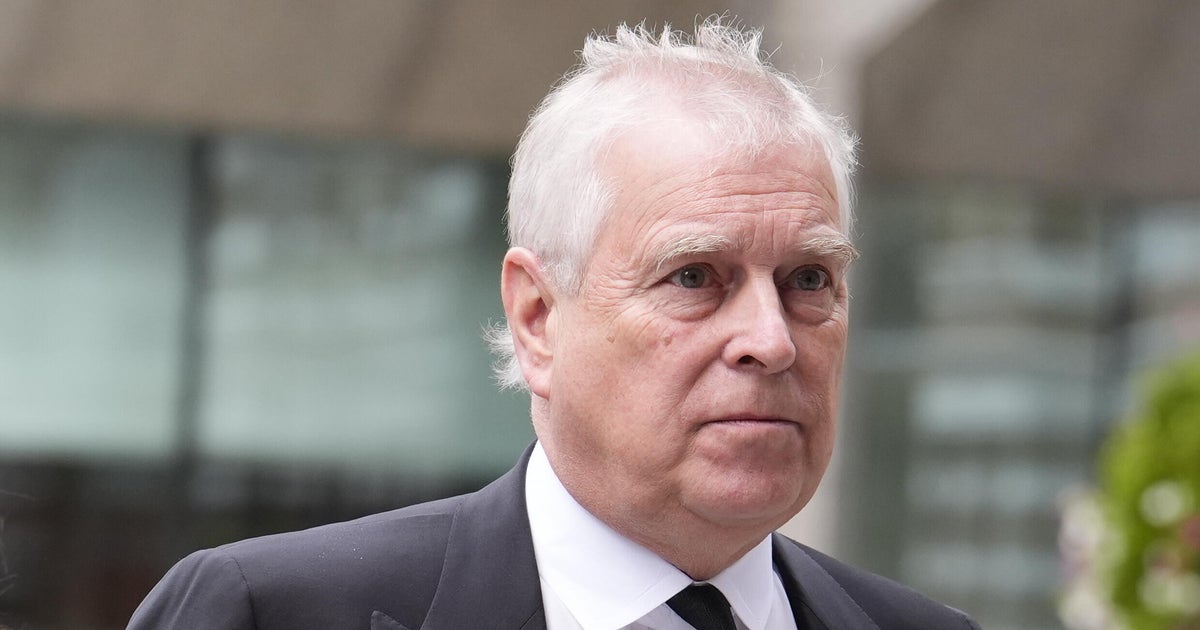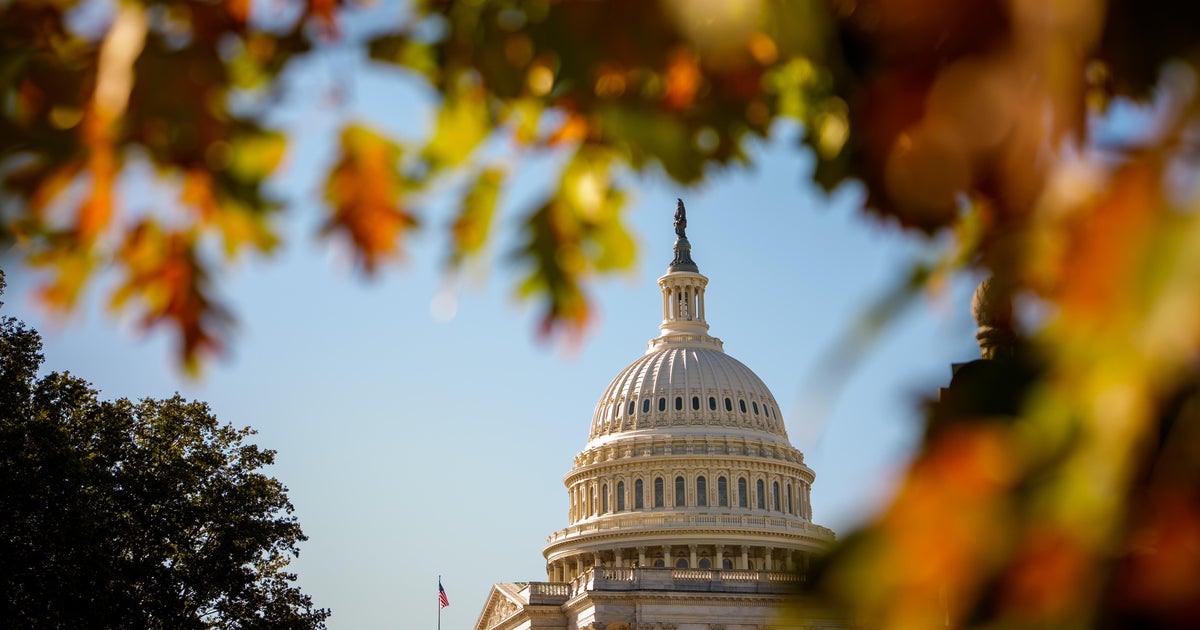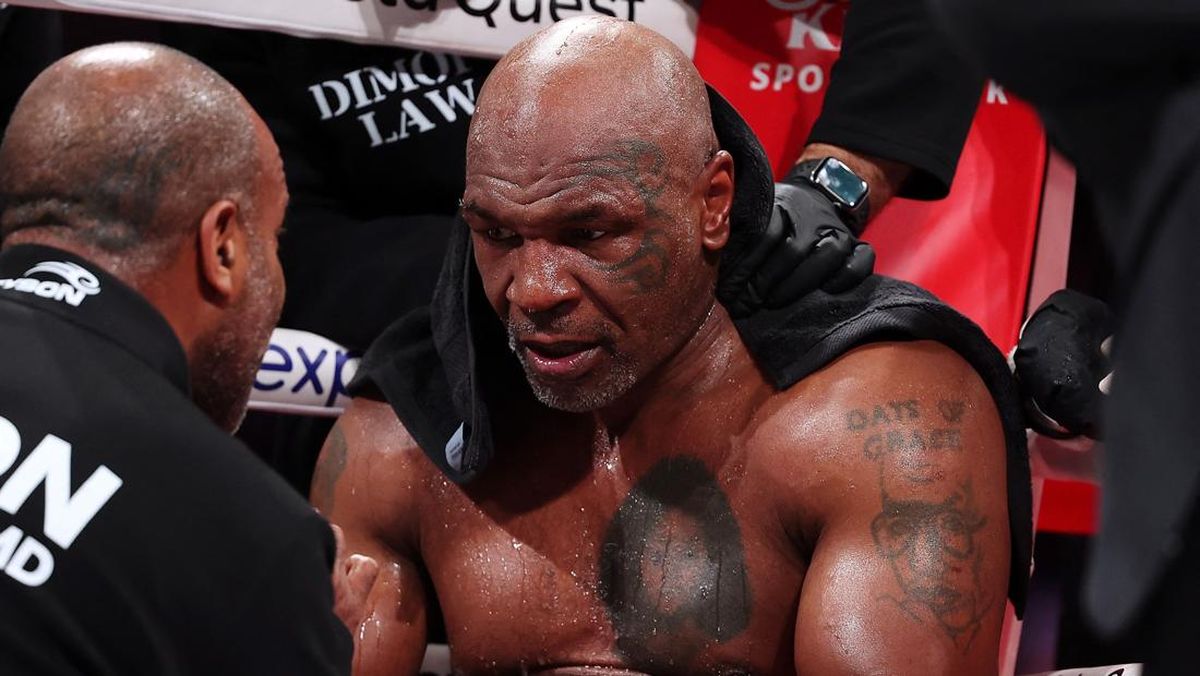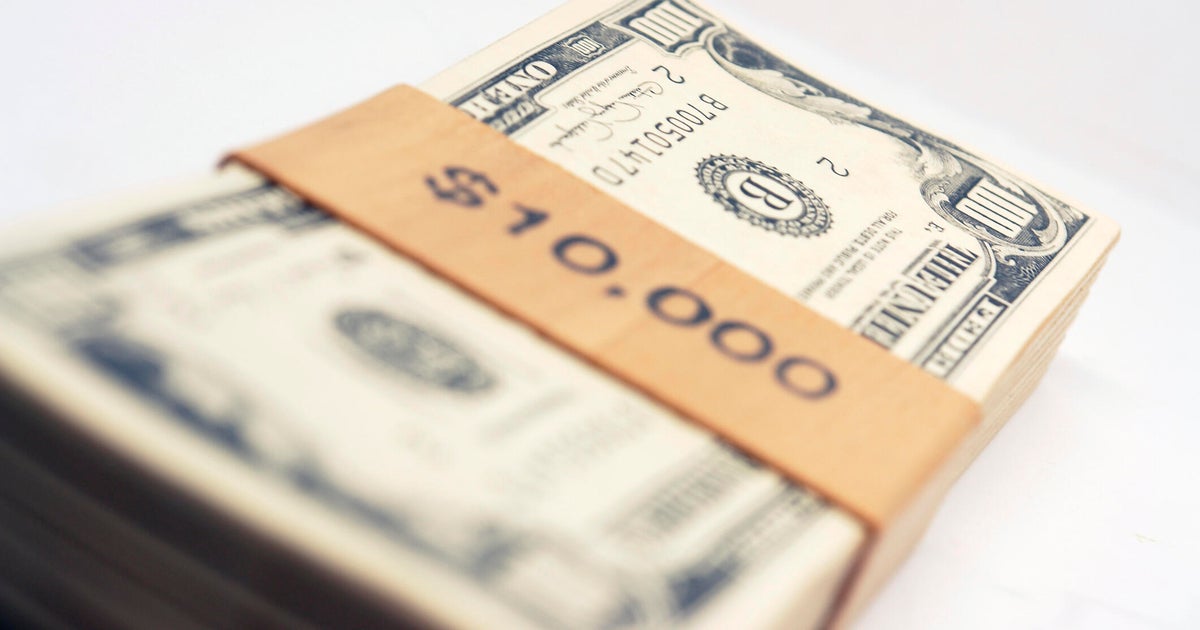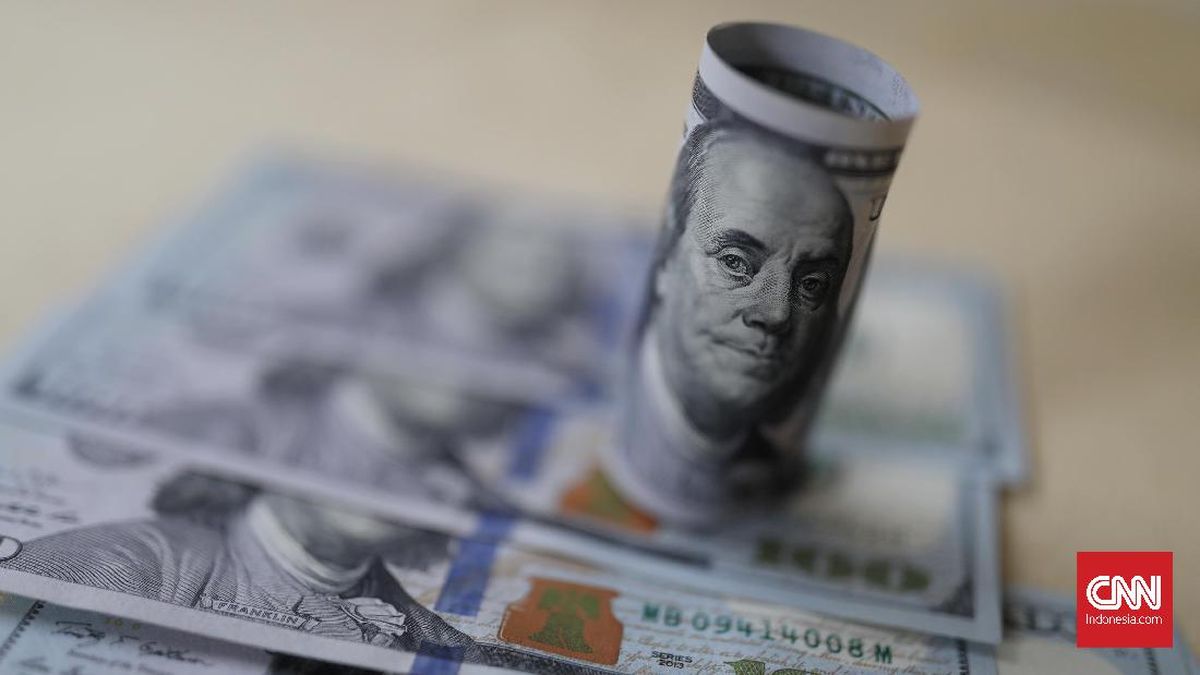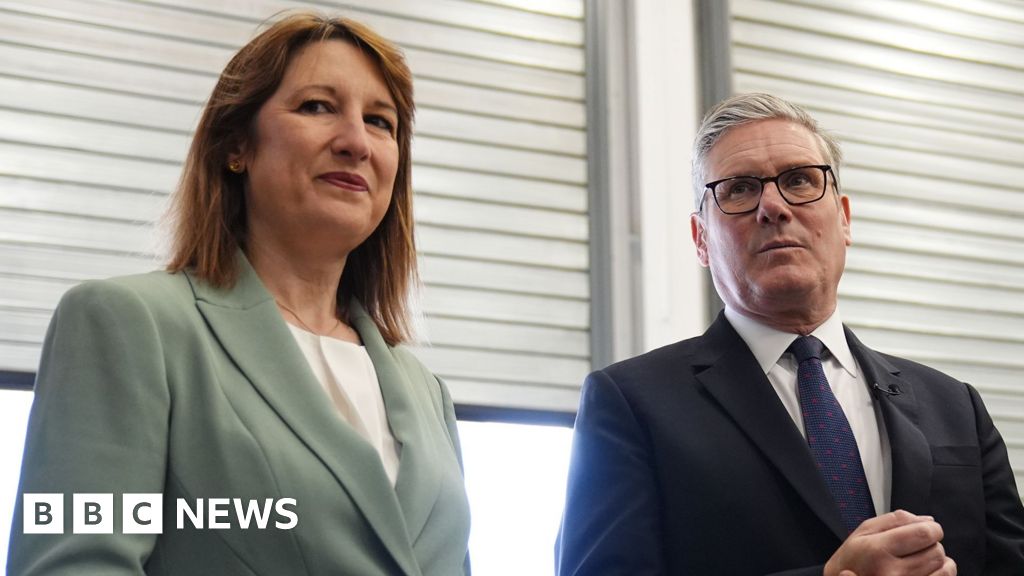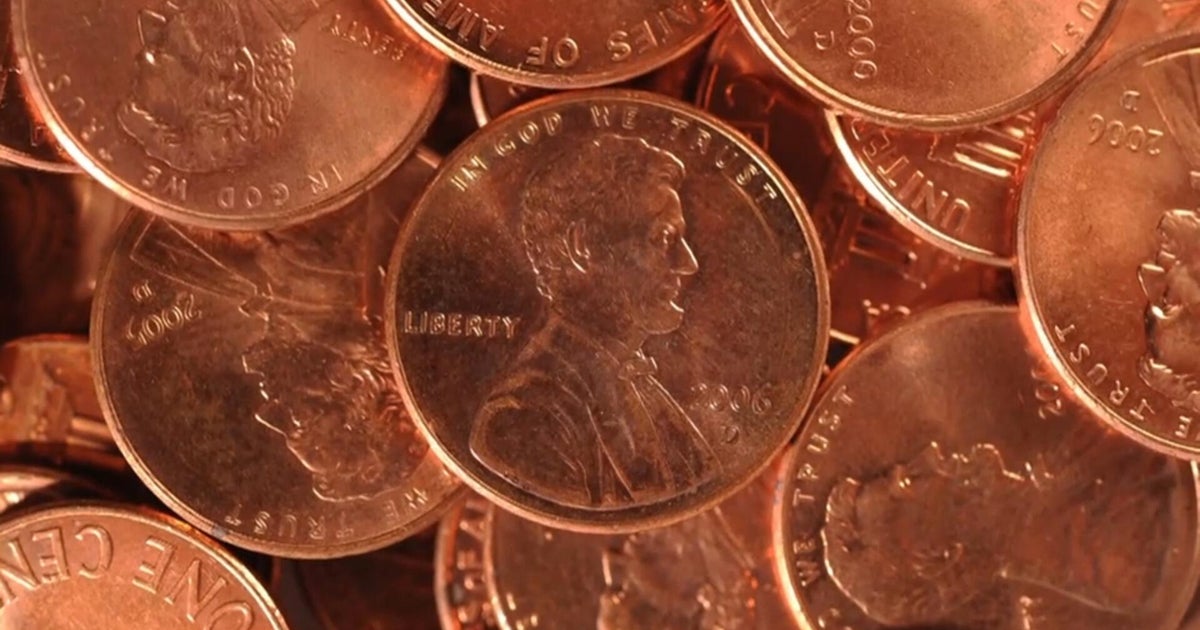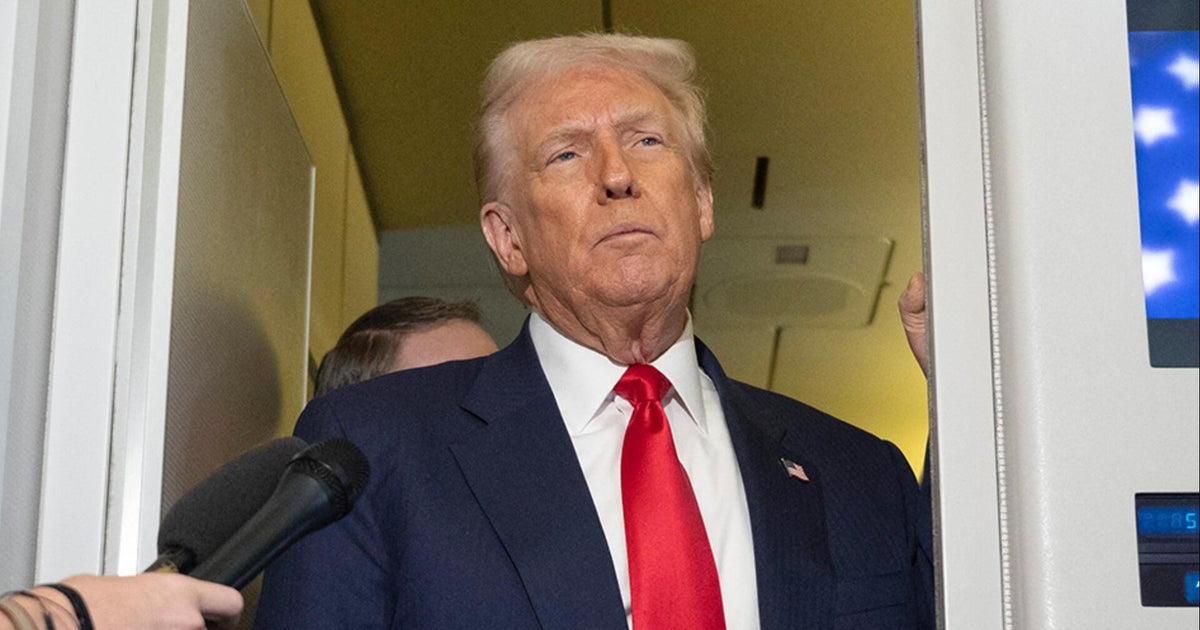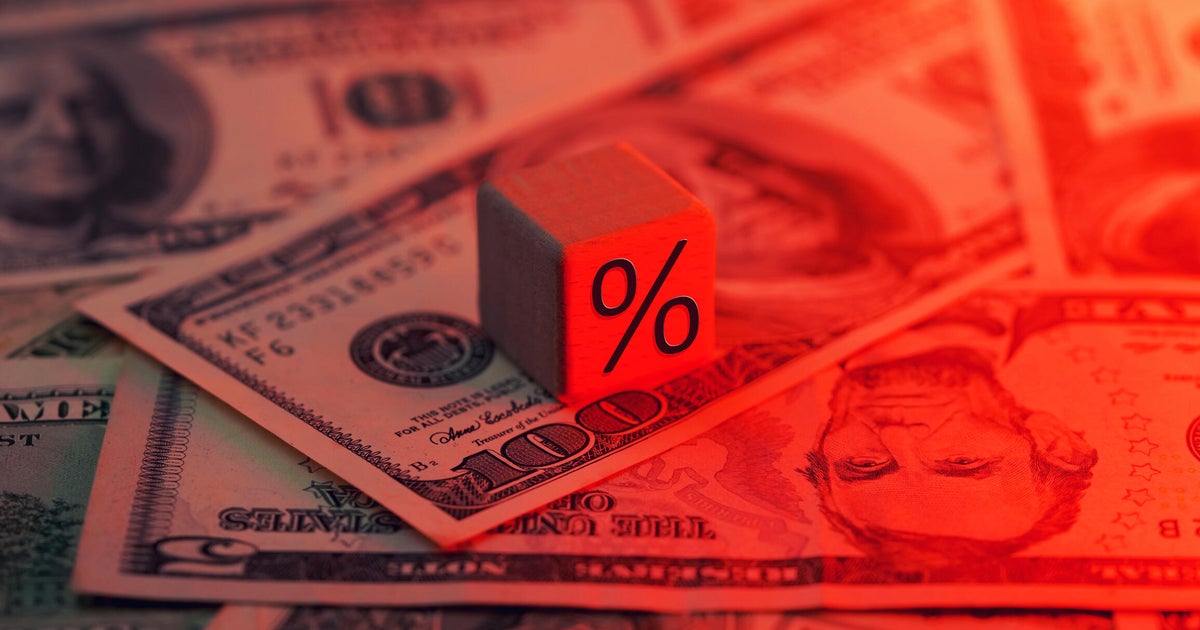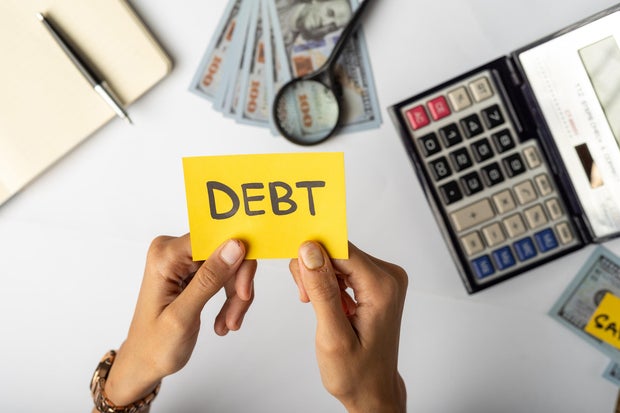 Credit card debt forgiveness can reduce what you owe, in some cases substantially, if you meet certain conditions.
Muhammad Aqib/Getty Images
Credit card debt forgiveness can reduce what you owe, in some cases substantially, if you meet certain conditions.
Muhammad Aqib/Getty Images
After years of high (and climbing) credit card rates, many Americans are running out of ways to keep up with their rapidly growing balances. A major part of the issue is that the average credit card APR has hovered near or above 22% for most of 2025, and card balances have reached new highs, according to the Federal Reserve. In turn, the interest charges can compound rapidly, especially for those carrying higher-than-average card balances. And, as inflation edges higher again and budgets tighten, even minimum payments are becoming hard to manage for many borrowers.
That reality has pushed more cardholders to explore the idea of credit card debt forgiveness, which is a process that can reduce what you owe, in some cases substantially, if you meet certain conditions. That means debt forgiveness isn't automatic or easy to get, but with card issuers growing more open to negotiation amid today's economic hurdles, this November could be a particularly strategic time to pursue this type of debt relief.
But who actually qualifies for credit card debt forgiveness this November? Below, we'll detail what to know if you're hoping to have a portion of your credit card debt forgiven now.
Find out how to start the credit card debt forgiveness process today.
Who qualifies for credit card debt forgiveness this November?
Lenders typically reserve forgiveness — also known as debt settlement — for borrowers who are clearly struggling and unlikely to repay the full amount otherwise. Here's a breakdown of who generally qualifies this November and why:
Cardholders who are behind on payments (and likely to stay that way)
Credit card companies rarely forgive balances for borrowers who are current on their payments. They're more likely to negotiate once an account has reached the point of being seriously past due, usually after 90 days or more of missed payments. At that point, the card issuer may see a settlement as a better outcome than getting nothing if the debt is eventually charged off.
However, you don't have to be deep in delinquency to start exploring your options. If you're struggling to make your minimum credit card payments and see default as inevitable, a debt relief expert who specializes in this type of settlement process can step in before things spiral further.
Chat with a credit card debt relief expert about the help available to you now.
Borrowers who can show real financial hardship
To qualify for credit card debt forgiveness, you'll generally need to demonstrate legitimate financial hardship, such as a job loss, medical emergency, reduced income, divorce or other life event that makes it impossible to keep up with payments. That's because creditors and debt relief programs alike will want to see that your financial struggles are genuine and not simply the result of overspending.
In turn, you may need to provide documentation, such as pay stubs, unemployment notices or medical bills, to support your case. Showing a consistent pattern of financial stress via these documents — whether that's rising balances, repeated late payments or borrowing to cover essentials — can strengthen your case for debt forgiveness.
Those who owe a significant amount
While there's no official minimum amount of debt required to pursue this type of relief, most credit card debt forgiveness programs are designed for borrowers who have at least $7,500 to $10,000 in unsecured debt. That's because the process involves extensive negotiation and administrative work, which is generally only worthwhile when there's a sizable balance to reduce.
If your total credit card debt is on the smaller end, alternatives like a debt consolidation loan, balance transfer card or credit counseling program may make more sense. But if you're juggling multiple maxed-out card accounts or double-digit interest rates, forgiveness may yield more meaningful savings.
Cardholders who can make a lump-sum or structured payment
Debt forgiveness doesn't mean your balance disappears for free. In most cases, you'll be expected to pay a negotiated portion, generally as a lump-sum payment or, in a limited number of situations, a short-term installment plan.
To make that lump-sum payment possible, many borrowers pause their card payments while saving up through a dedicated account managed by their debt relief company. That's because having the ability to follow through on the agreed amount is key; if you can't make good on the settlement, your creditors can rescind the deal and resume collections.
Those who are willing to accept the credit impact
Debt forgiveness can significantly improve your financial outlook, but not without short-term consequences. Settled accounts are typically reported as "settled for less than the full balance" on your credit report, which can, in turn, lower your credit score.
Still, for borrowers already deep in delinquency or facing charge-offs, the impact is often minimal, especially compared to the benefit of becoming debt-free faster. And, most people who complete debt settlement see their credit recover within a year or two, especially if they stay current on other obligations afterward.
Borrowers who are willing to work with a debt relief company
While you have the option to try and settle your debt on your own, for many cardholders, securing legitimate help can make a big difference in the outcome. That's because the debt relief experts who work for these companies have established relationships with a wide range of creditors, making it easier to negotiate — and they have experience that comes in handy during the process.
The bottom line
Credit card debt forgiveness isn't guaranteed, but for those who qualify, it can offer a crucial lifeline. So, if you're struggling to keep up with payments, are behind on multiple accounts or facing creditor calls, this could be the right time to explore your options. With the right plan in place — and a trusted debt relief company advocating on your behalf — you may be able to settle your balances for less and finally break free from high-rate credit card debt starting this November.
Edited by Matt Richardson



